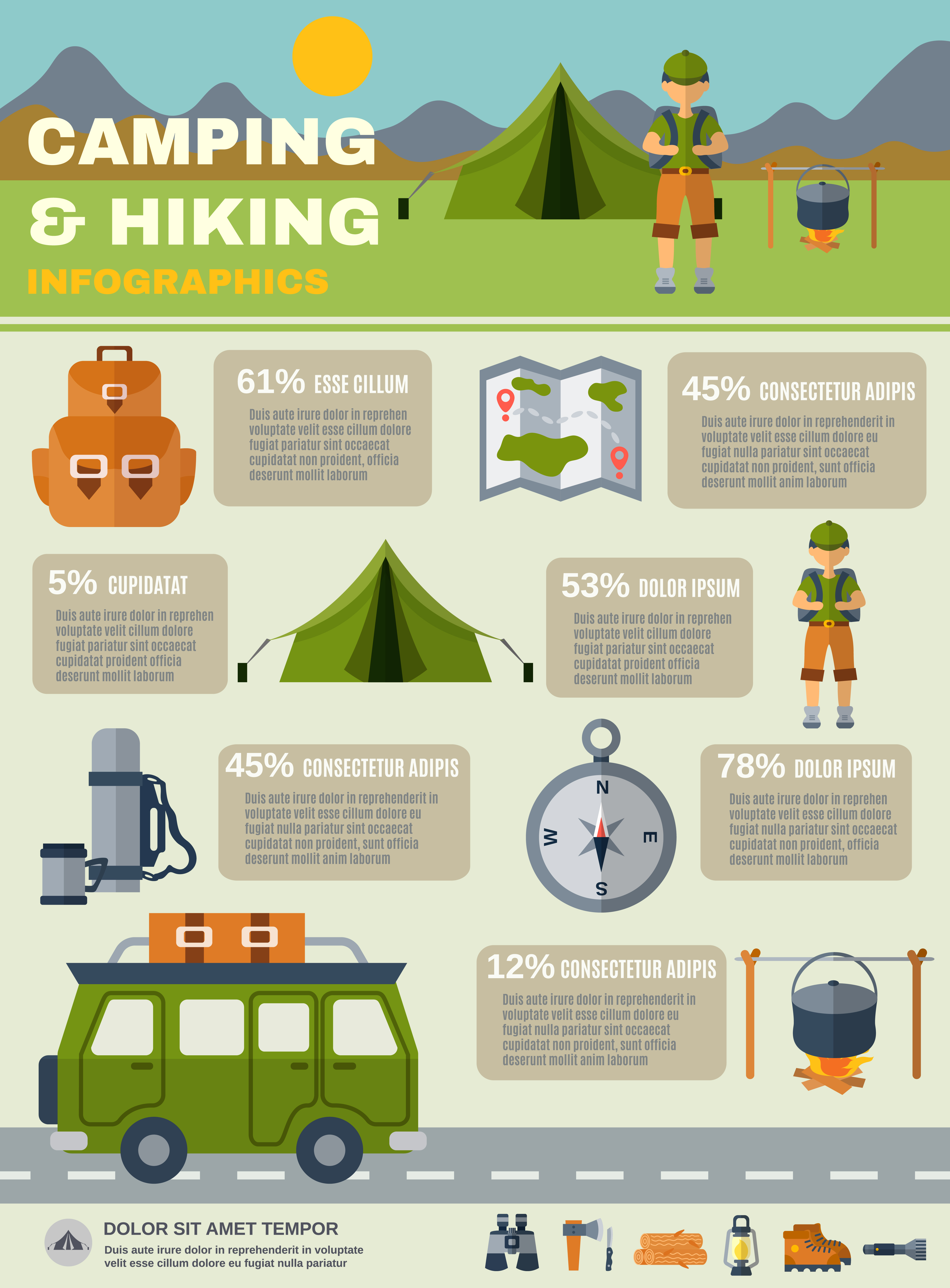The Ultimate Guide To Successful Camping Tents Product Sales
The Ultimate Guide To Successful Camping Tents Product Sales
Blog Article
How to Correctly Set Up Your Camping Tent Prior To Outdoor camping
Setting up your tent can be a complicated job for also experienced campers. This guide will cover the basics of pitching an outdoor tents properly and securely so you can appreciate your outdoor camping trip without stress and anxiety or fear.
How much is a waterproof tent?
Begin by setting out your camping tent's impact and ground sheet to secure your camping tent flooring from rocks, sticks, dust, and other debris. Next off, assemble the tent poles and fasten them to the corners of the tent body using the ideal sleeve or hook.
Picking the Right Site
When you are exhausted after a long day hiking, you wish to pitch your camping tent and get ready to sleep. But you should initially walk around the website to see to it it is secure for outdoor camping. Overlook and up to find out whether any trees have large dead branches that could fall on your tent. These are in some cases called widowmakers and you don't want them to drop on you while you're sleeping.
Also be sure to stay clear of reduced places that might flooding during a storm and to camp away from pet tracks, nests and habitats where ticks and chiggers are more than likely to grow. Search for a level, rock-free area that allows sufficient for your outdoor tents and any other equipment you'll be bringing.
Some people like to set their tents up so the head end is sharp towards the eastern to catch the sun's warming rays first thing in the early morning. This isn't constantly needed, but it is a nice touch that can aid wake you up.
Pitching Tips
It might appear apparent, but correct camping tent pitching is one of one of the most crucial factors in a good night's sleep. Having a practice run in the house will help you acquaint on your own with your tent, find all the pole sleeves and bolts, and ensure everything remains in location. It's likewise a great time to practice making use of guylines for security and to uncover any kind of busted pieces.
When you arrive at your outdoor camping site, examine the terrain to see if it's suitable for your outdoor tents. A great guideline is to pitch the tent on a level, level spot with a mild downhill angle. This will allow rainfall to recede from the tent instead of pooling in front of it.
If you can not locate a degree area, take into consideration placing a tarpaulin or other groundsheet under fancy camping tent your outdoor tents impact to safeguard it from moisture. This can also aid maintain dirt out of the camping tent.
Using Guylines Successfully
Utilizing individual lines successfully is important to ensuring your outdoor tents or hammock stays safe and secure in high winds and various other bad weather conditions. A person line is a rope or cord that connects to the ground through loops and D-rings in the framework, tarp, or rainfly.
Beginning by securing one end of the line to a guyout loophole on your tent or rainfall fly, or to the pole it's connected to. After that loop the other end of the line over a risk placed faraway from the structure and tighten it.
Maintaining your sanctuary's guy lines tight will protect against sagging or drooping during gusty conditions, stopping moisture from leaking into the camping tent or damages to the structure and enhancing convenience and safety during outdoor camping. Always inspect the stress of your man lines during and after adverse weather to guarantee they remain safe. Additionally, take into consideration packing a person line tensioner to conveniently change and keep the correct amount of tension in your lines.
Removing the Tent
When working out right into your campground, locate a spot with a level location and clear it of rocks and debris. Additionally, be sure to put down an outdoor tents footprint or tarpaulin slightly smaller than your outdoor tents body to avoid water merging. This aids keep your camping tent completely dry from rainfall or condensation and can be especially valuable in gusty areas.
Examine your equipment, including the camping tent things sacks to see to it nothing is missing out on. Examine that the poles fit into their clips and replenish first-aid things if required.
When it's time to pitch your tent, begin by orienting the doors downwind, and stake down each edge of the outdoor tents. If the ground is loose or sandy, think about spreading out a tarp under your tent to secure it from wind and minimize the chance of your tent tipping over. Likewise, make sure to make use of guylines effectively to tie down your rainfly and keep it tight. A well-pitched outdoor tents can prevent leaking, condensation, and sunlight damage.
What are the five types of camping?
